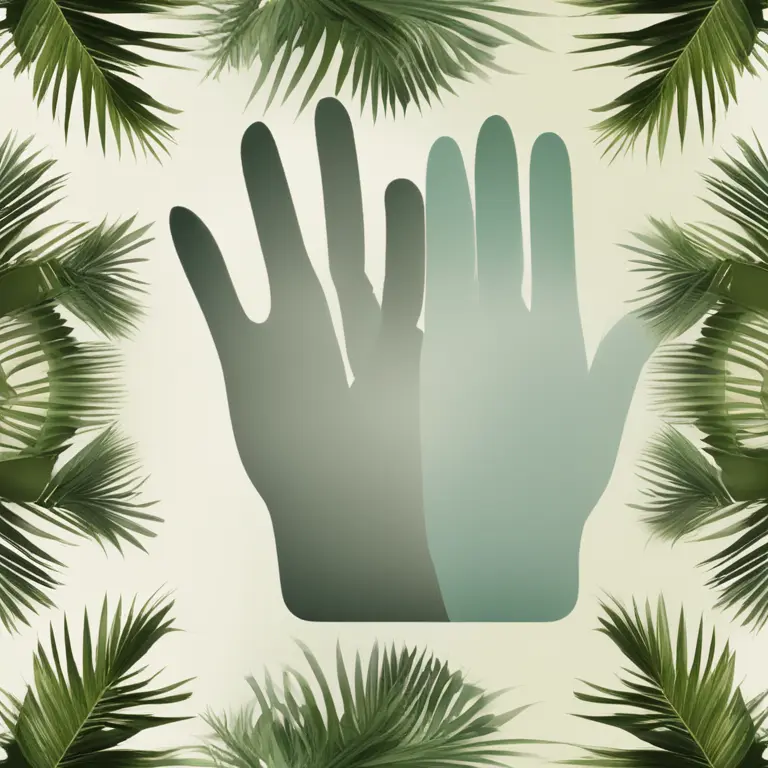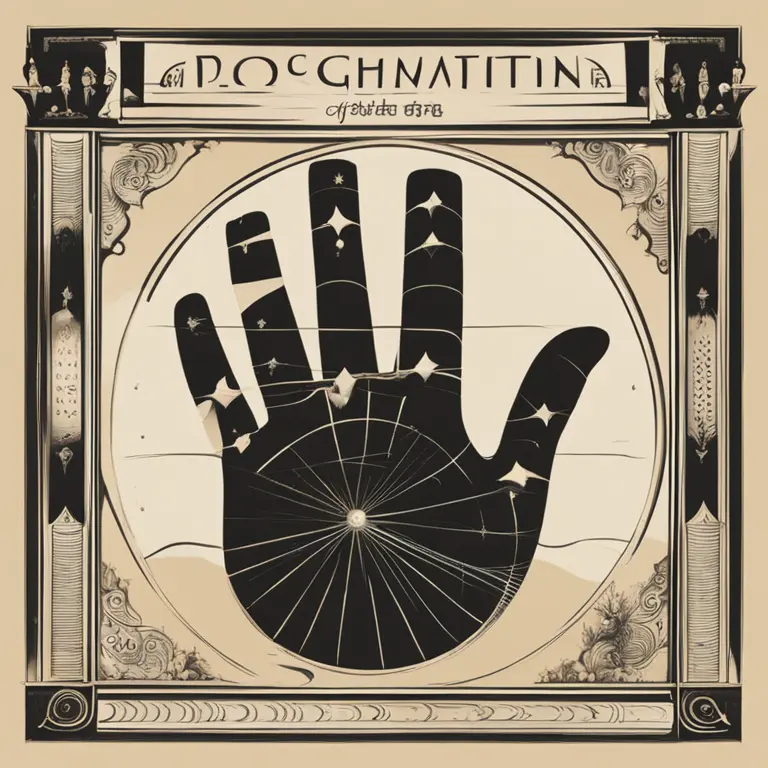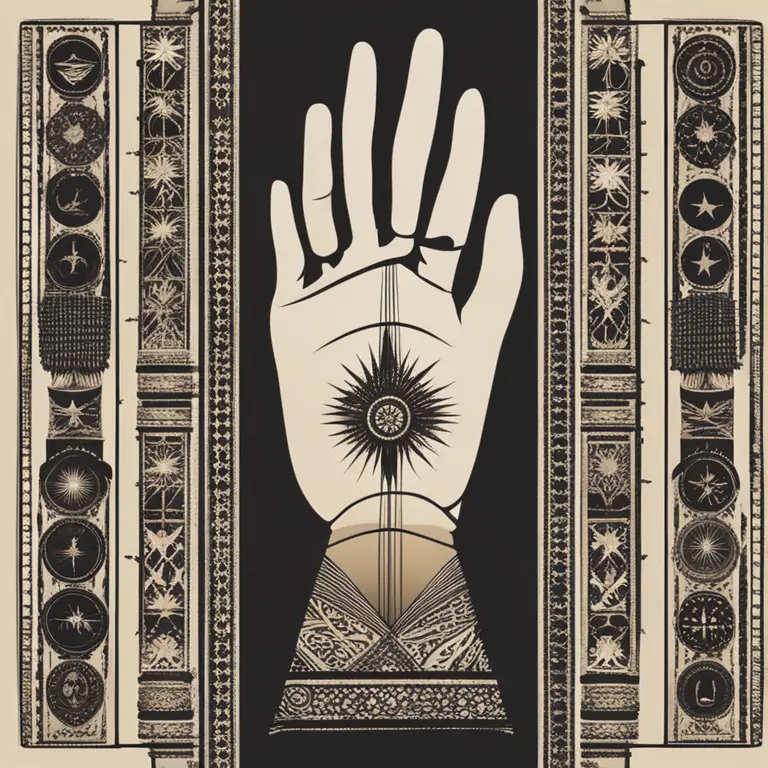
The Efficacy of Palmistry: Fact or Fiction?
Delve into the realm of palmistry to discern whether this ancient practice holds any truth or is merely a myth.
article by Nora Pennington
Introduction to Palmistry
Palmistry, also known as chiromancy, is a practice rooted in ancient civilizations. It purports to reveal an individual's personality, potential future events, and traits through the study of palms. Advocates of palmistry suggest that the lines, shapes, and formations found on the palm are indicative of one's life path. Skeptics, however, debate its validity, pointing to a lack of empirical evidence. As we forge ahead in 2024, the intersection between age-old practices and modern skepticism continues to be a source of fascinating discourse and investigation.

The Science and Skepticism
In assessing the legitimacy of palmistry, one must consider the scientific perspective. Research into the efficacy of palmistry has been inconclusive, with no substantial evidence to support its predictive abilities. Critics argue that the practice is grounded in the Forer effect—people's tendency to find vague, generalized statements personally meaningful. Moreover, cognitive biases and the self-fulfilling prophecy can influence individuals' belief in palmistry's accuracy. These factors collectively cast doubt on the practice from a scientific standpoint.

Psychological Aspects of Palmistry
Palmistry's impact may be more psychological than prophetic. Believers often derive comfort and insight from palm readings, viewing them as a form of guidance rather than absolute truth. This subjective benefit is a notable cornerstone of the practice's enduring popularity. In an era of increased self-awareness and personal development, palmistry can be viewed as a tool for introspection rather than a deterministic oracle, providing individuals with a reflective mirror of the self.

Cultural and Historical Context
The cultural significance of palmistry should not be underestimated. With roots tracing back to Indian, Chinese, and Egyptian civilizations, palmistry maintains a storied presence in human history. Its evolution, influenced by mythological and astrological notions, has continued well into the 21st century. This historical and cultural richness adds an intangible value to the practice that transcends empirical scrutiny, speaking to the human fascination with mystery and the unknown.
Technology Advancements and Palmistry
As technological advancements flourish, they have begun to intersect with practices like palmistry. Applications and digital readings are increasingly available, posing questions about the role of technology in interpreting palm lines. Some newer approaches even combine data analytics and machine learning with traditional palm reading techniques. While modernity brings new dimensions to palmistry, it also raises dilemmas regarding the essence of the practice and its reliance on human touch and intuition.
The Individual's Choice
Ultimately, the question of whether palmistry works may be reduced to a matter of personal belief and experience. In a world brimming with diverse ways of seeking wisdom and understanding, palmistry stands as one of many options available to the curious seeker. Whether as a form of entertainment, a spiritual encounter, or a moment of self-discovery, palmistry presents an opportunity—an invitation to explore the lines that may or may not hold deeper significance in the narrative of one’s life.
Published: 1/11/2024
Modified: 1/12/2024
More predictions
Come back here soon to learn more about yourself and your future


Can We Trust Palmistry?
Delving into the realm of palmistry, this article examines its credibility and place in contemporary spiritual practices.


Can Palmistry Foresee One’s Demise?
Delve into the contentious debate about whether palmistry can predict the end of life and the ethical considerations of such a claim.


The Ancient Art of Vedic Palmistry
Discover the ancient art of Vedic Palmistry and its practice in the modern era, revealing the secrets held within the lines of the hand.